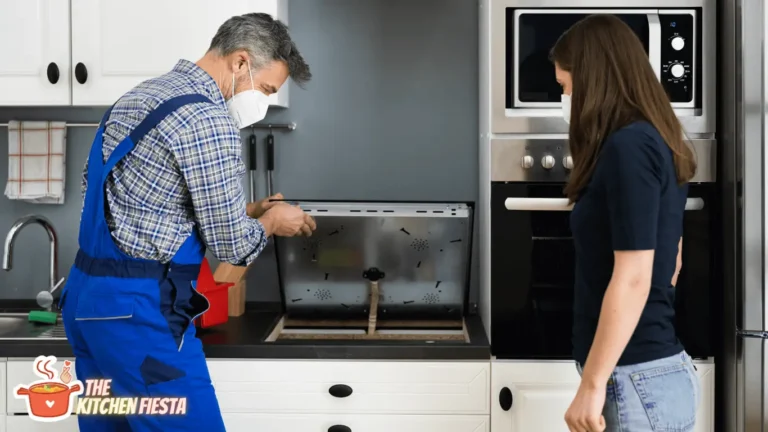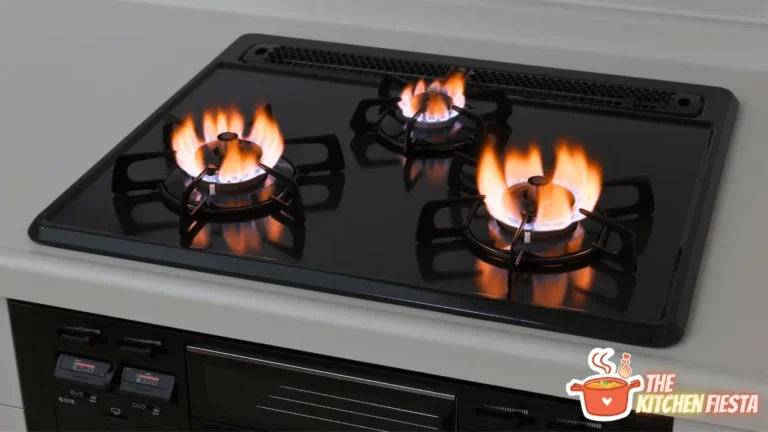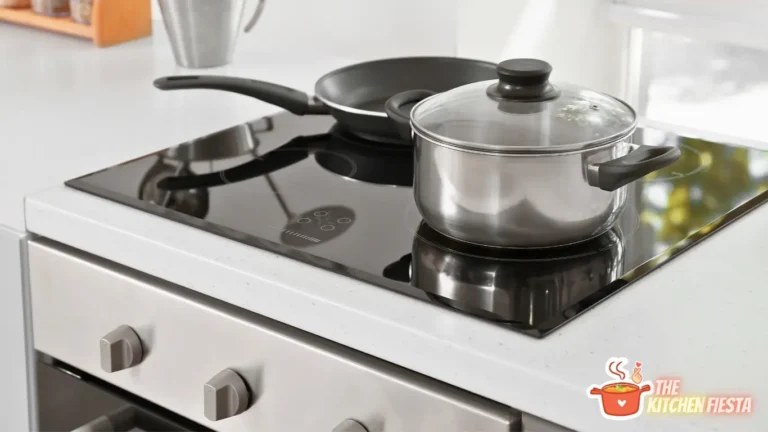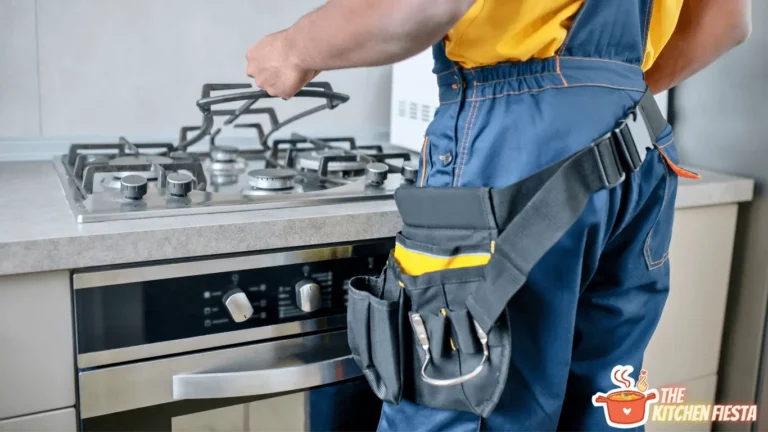Do Electric Stoves Have Fuses? How Fuses Protect Your Stove
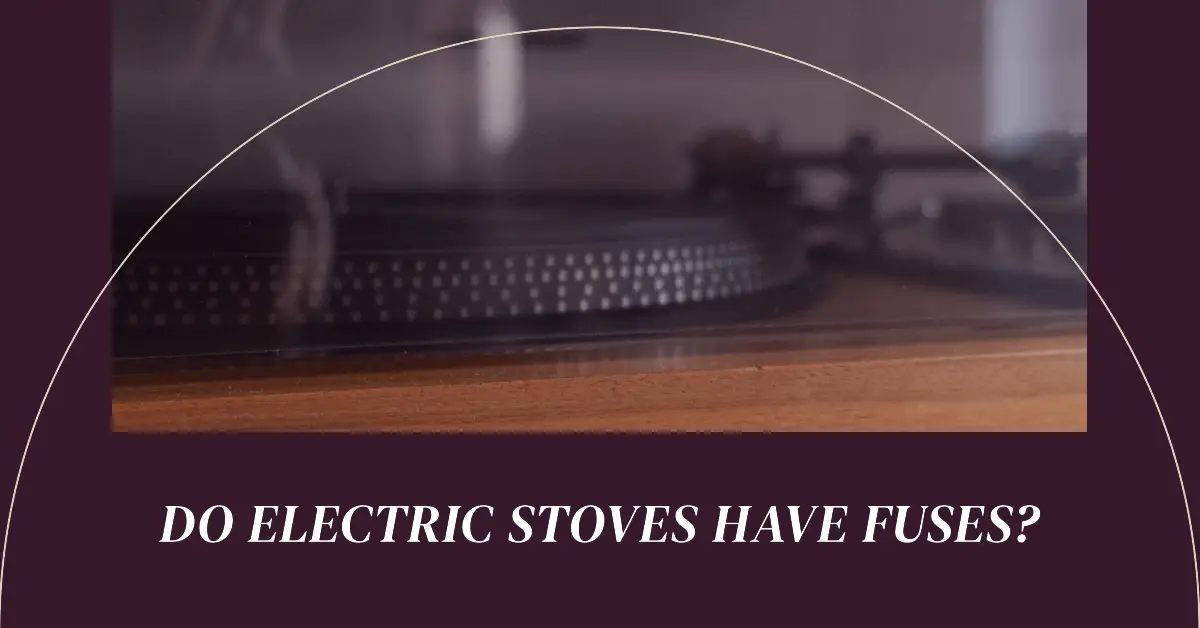
Cooking appliances like ovens and stoves are powered by electricity, which can be dangerous if there are faulty wires or components. This is where fuses come in – they play a crucial safety role in all electrical devices, including electric stoves. But do electric stoves have fuses?
The short answer is yes, electric stoves do contain fuses. These fuses serve as protective devices that break the electric circuit if there is a power overload or short circuit. They prevent fires and electric shocks.
In this comprehensive guide, we’ll cover everything you need to know about fuses in electric stoves, including:
- What fuses are and how they work
- Where to find fuses in an electric stove
- Signs of a blown fuse
- How to test and replace a blown fuse
- What causes an oven or stove fuse to blow
- When to call an appliance repair technician
- Electrical safety tips for DIY fuse repairs
So whether your electric oven has stopped working or you want to learn more about how your electric stove is protected, read on to get the answers!
What Are Fuses and How Do They Work?
A fuse is a safety device that protects an electrical circuit from excessive current. It contains a thin wire or metal strip that will melt and break if the current flowing through it exceeds the fuse’s rated capacity.
The main purpose of a fuse is to quickly stop the flow of electricity in the event of a fault, like a short circuit or power overload. This helps prevent fires, damage to appliances, and electric shocks.
Fuses are designed to be the “weak link” in the circuit – they melt before wires overheat or other appliances get damaged. They act as a sacrificial safeguard.
Once a fuse has blown or melted, it needs to be replaced with a new one for the circuit to work again. The fuse has to match the voltage and amps rating for the particular circuit.
Fuses differ from circuit breakers, which are also overload protection devices. Circuit breakers don’t physically melt, but simply flip a switch to stop electricity in the circuit. Circuit breakers can also be reset rather than replaced.
Do Electric Stoves Have Fuses?
Yes, electric stoves and ovens contain fuses to protect their internal wiring and components.
An electric stove or range will typically have multiple fuses located in a fuse box at the back of the appliance or inside the control board. For example, there may be separate fuses for:
- The oven baking and broiling elements
- The stovetop heating elements
- Interior oven light
- Display and control circuits
The fuse sizes and locations vary across different stove models and brands. Check the owner’s manual for details on your particular electric stove.
These internal fuses provide overload protection in addition to the main household circuit breaker for the stove. They allow you to isolate and fix problems within the appliance rather than having to reset the main breaker.
Identifying a Blown Fuse in an Electric Stove
If you have an electric oven or stovetop that suddenly stops heating, won’t turn on, or has certain elements not working, the issue may be a blown fuse. Here’s how to check:
1. Look for common signs of a blown fuse:
- Oven not heating fully or at all
- Elements on stovetop don’t heat up
- Some but not all burners stop working
- Interior oven light is out
- Digital display is blank
2. Locate the fuse panel:
Consult your owner’s manual to find the location. It is often on the back of the oven or stove, or inside the control panel after removing a cover.
3. Inspect the fuses:
Look closely for any fuses that are broken, melted, or have a burned or discolored metal strip inside. This likely indicates a blown fuse. Also check for loose fuses.
4. Test the fuses with a multimeter:
Use a multimeter set to continuity mode to check each fuse one at one. Touch the probes to either end of the fuse. If it shows no continuity, that fuse is blown.
Replacing a Blown Fuse in an Electric Oven
Once you’ve verified a blown fuse in your electric stove or oven, follow these steps to replace it:
1. Unplug the stove and turn off the power supply:
Switch the stove circuit breaker off at the main electrical panel or unplug the range from the outlet. This ensures no chance of shock while handling fuses.
2. Remove the blown fuse:
Carefully pull out or unscrew the bad fuse from its holder or clips in the fuse box panel. Inspect to confirm it’s blown.
3. Install a new replacement fuse:
Insert the new fuse into the vacant spot in the fuse panel. Double check that it matches the voltage and amp rating stamped on the fuse box.
4. Restore power and test operation:
Plug the stove back in or switch the circuit breaker back on. Verify that the previously malfunctioning parts of the oven or stove top now heat up properly.
Be very careful not to touch any live parts inside the stove’s electrical components. If in doubt, call an appliance repair technician for assistance.
Why Would the Fuse in an Electric Oven Blow?
There are a few reasons why the fuse in your electric stove or oven may blow:
- Faulty heating element – If an oven or stovetop heating element shorts out or fails, it can overload the circuit and blow the fuse. The increased electrical resistance in a damaged element draws excessive current.
- Electrical short circuit – If wires inside the appliance rub and short out against each other or the oven chassis, this can trip the fuse. Moisture or failed insulation often contribute to short circuits.
- Old or worn out fuse – Fuses can weaken and degrade over time with normal wear and tear. An old fuse may simply not withstand the current it’s designed for, causing it to blow.
- Damaged internal wiring – Exposed or frayed wires that contact each other or appliance parts can create shorts and electrical arcing that overload the fuse.
- Incorrect fuse rating – Sometimes the wrong amperage fuse may have been installed, exceeding the circuit capacity and triggering the fuse to blow.
If a fuse keeps blowing repeatedly, it likely indicates a larger electrical issue needs professional repair rather than just replacing the fuse.
When to Call an Appliance Repair Technician
While blown fuses in electric ovens can often be replaced DIY, more complex troubleshooting or repairs should be left to trained appliance technicians:
- If the same fuse keeps blowing again after replacing it, this suggests an underlying problem like a faulty element or wiring issue. Continually replacing blown fuses without fixing the root cause can be a fire hazard.
- Repairs required inside the stove’s control panel where high voltage is present should only be done by experienced technicians. They have training on safely handling live electrical components.
- If you cannot access or locate the fuse panel, or the owner’s manual doesn’t provide fuse details, you’ll need assistance determining the fuse location and replacement process for your specific stove model.
- For major oven malfunctions beyond a simple blown fuse, like temperature control problems or digital display issues, an appliance pro can best diagnose the fault and remedy.
Technicians have the proper tools and expertise to troubleshoot stove and oven electrical problems in a safe manner. Don’t take risks trying to self-repair issues in high voltage appliances.
Safely Handling Electrical Repairs
When checking or replacing blown fuses in your electric stove or performing any repairs, keep these electrical safety guidelines in mind:
- Always turn off the power supply at the circuit breaker and unplug the stove before working on any internal parts. Never touch potentially live electronics or wires while energized.
- Use insulated tools when testing or removing fuses to avoid contact with surrounding components. Cover any exposed chassis with tape.
- Check wires and fuse connectors to ensure no bare conductors or damaged insulation before restoring power. Any exposed metal can risk shocks or shorts.
- Take photos or make diagrams before disassembling fuse panels so you can properly reconnect everything after. Electrical connectors often have specific orientations.
- When testing fuses or continuity, keep one hand in your pocket to prevent current flowing across your chest in case of accidental shock.
- Never bypass or rig up your own makeshift fuses. Use properly rated OEM replacement fuses.
- Inform family members when working on an appliance so no one restores power unexpectedly.
- If in any doubt, call an expert rather than risking injury through electrical DIY repairs. Hire an electrician or appliance technician whenever the required fixes exceed your skill level.
Frequently Asked Questions
Why do electric stoves have fuses when homes already have circuit breakers?
Circuit breakers protect the whole electrical system for the house, whereas appliance fuses provide dedicated overload protection just for that particular stove or oven. Having fuses allows isolating problems to the unit rather than shutting off power to unrelated circuits.
Where are the fuses located on an electric stove?
Most models have a fuse box panel on the back with all the fuse holders, while some hide the fuses inside the control board which requires disassembly. Check your owner’s manual for the specific location.
My oven light went out – is this from a blown fuse?
Yes, a cooking range’s interior oven or top lights are commonly protected by dedicated fuses. If the light suddenly isn’t working, check that fuse first before replacing the light bulb.
I tried replacing my stove’s blown fuse and it just blows again. What should I do?
If a new fuse immediately blows again, this normally means you have a larger electrical fault like a short circuit or malfunctioning appliance component in need of professional repair. Avoid repeatedly replacing fuses without fixing the root problem.
Can I use a higher amp fuse if the original fuse rating blows too easily?
No, always replace with the exact same fuse type and amperage to avoid risks. A higher amp fuse can fail to blow when it should, leading to fires or damage. Only replace with the specified fuse.
Conclusion and Summary
To recap, electric stoves and ovens do contain internal fuses to protect their wiring and controls from power overloads and electrical faults. Locating your appliance’s fuse box and checking for blown fuses that require replacement is a useful DIY troubleshooting step if certain elements or functions stop working properly.
But take care and call in an appliance repair technician for suspected short circuits, repeated blown fuses, or any complex disassembly repairs required. Appliance fuses play an important safety role, and should always be replaced with the proper fuse specifications.
Understanding where to check for blown fuses, how to test them, and when replacement is needed can help you quickly resolve basic electric stove and oven issues and get back to cooking again!

